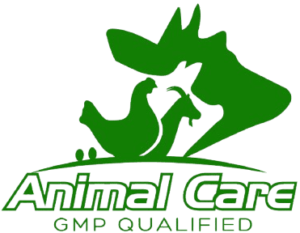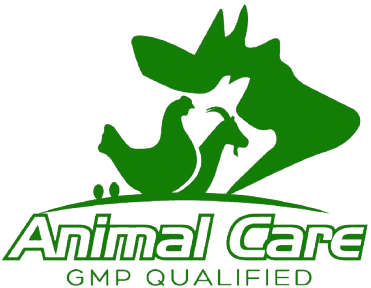Main Text
1. Definition
Avian Influenza (AI) is an infectious disease caused by the Avian Influenza Virus (AIV). AI is classified into two types: Low Pathogenic Avian Influenza (LPAI) and Highly Pathogenic Avian Influenza (HPAI), based on its virulence. LPAI generally causes mild symptoms, while HPAI can lead to severe disease and mass poultry deaths. The H5N1 strain of HPAI is particularly well-known for its potential to infect humans.
2. Causes
The Avian Influenza Virus spreads through several pathways, most commonly airborne transmission, especially in densely populated farming environments. The virus can be transmitted through respiratory secretions or feces from infected birds. Additionally, contact with contaminated feed, water, or equipment, and movement of personnel and vehicles between farms, can accelerate the virus’s spread.
3. Symptoms
The symptoms of Avian Influenza vary depending on the strain. Low Pathogenic Avian Influenza (LPAI) typically causes mild symptoms such as:
- Mild respiratory symptoms: sneezing, coughing.
- Slight swelling of the comb or beak.
- Slight drop in egg production.
Highly Pathogenic Avian Influenza (HPAI) can cause more severe symptoms, including:
- Severe respiratory symptoms: difficulty breathing, coughing blood.
- Neurological symptoms: ataxia, paralysis.
- Diarrhea: green or white watery feces.
- A sudden and sharp drop in egg production, with thin or misshapen eggs.
- High mortality rates: HPAI infections can result in 90-100% mortality.
4. Transmission
Avian Influenza Virus is spread through various methods, including:
- Airborne Transmission: Virus particles spread through respiratory droplets, particularly in crowded or enclosed environments.
- Contact Transmission: Direct contact with secretions, feces from infected birds, or contaminated feed, water, and equipment.
- Cross-Farm Transmission: Movement of personnel, vehicles, and equipment between farms can spread the virus from one farm to another.
- Wild Bird Transmission: Wild waterfowl are natural reservoirs for AI and can spread the virus to farms during migration.
5. Prevention and Control Measures
Preventing AI requires robust farm management practices and strategies to reduce the transmission of the virus and boost bird immunity. Key measures include:
- Regular Feeding of Herbal Plant Extracts: Providing poultry with regular doses of herbal plant extracts containing traditional medicinal components can strengthen immunity and help birds cope with viral infections. Mascot products combine natural ingredients like Astragalus and Codonopsis to effectively boost poultry immunity and improve stress resistance.
- Biosecurity Management: Strengthen biosecurity by limiting the entry of external personnel, vehicles, and equipment. Ensure that all people and equipment entering the farm are properly disinfected through the use of disinfection pools and stations.
- Regular Environmental Disinfection: Conduct regular and thorough disinfection of poultry houses, equipment, feed, and water sources to maintain a clean environment, reducing the risk of viral spread.
- Reducing Contact with Wild Birds: Install protective nets or barriers to prevent wild birds from entering poultry houses, reducing the risk of virus transmission from wild birds.
- Monitoring and Isolation: Regularly monitor the health of poultry, and if any abnormalities are detected, isolate affected birds immediately and disinfect their surroundings to prevent further spread.
6. Response Strategies
When facing an AI outbreak, rapid response is critical. Although there is no direct cure for Avian Influenza, the following strategies can help mitigate the impact:
- Early Isolation and Culling: If AI is detected, it is essential to quickly isolate and cull affected birds to prevent the virus from spreading further.
- Electrolyte and Vitamin Supplementation: During an outbreak, infected birds may suffer from dehydration and weakness. Providing electrolytes and vitamins through drinking water can help boost recovery and strengthen immunity.
- Supportive Care: Ensure that birds receive adequate nutrition and are kept in clean, stress-free environments to reduce the overall impact of the disease.
Conclusion
Avian Influenza is a serious threat to poultry farming, causing high mortality rates and economic losses. Prevention is the key to reducing outbreaks, and through biosecurity, regular environmental disinfection, and boosting poultry immunity with herbal plant extracts, farmers can minimize the risks. In the event of an outbreak, quick response measures, such as isolation and culling, alongside supportive care, can help contain the virus. Mascot products provide an important tool in maintaining poultry health and enhancing immunity to better protect against AI.




